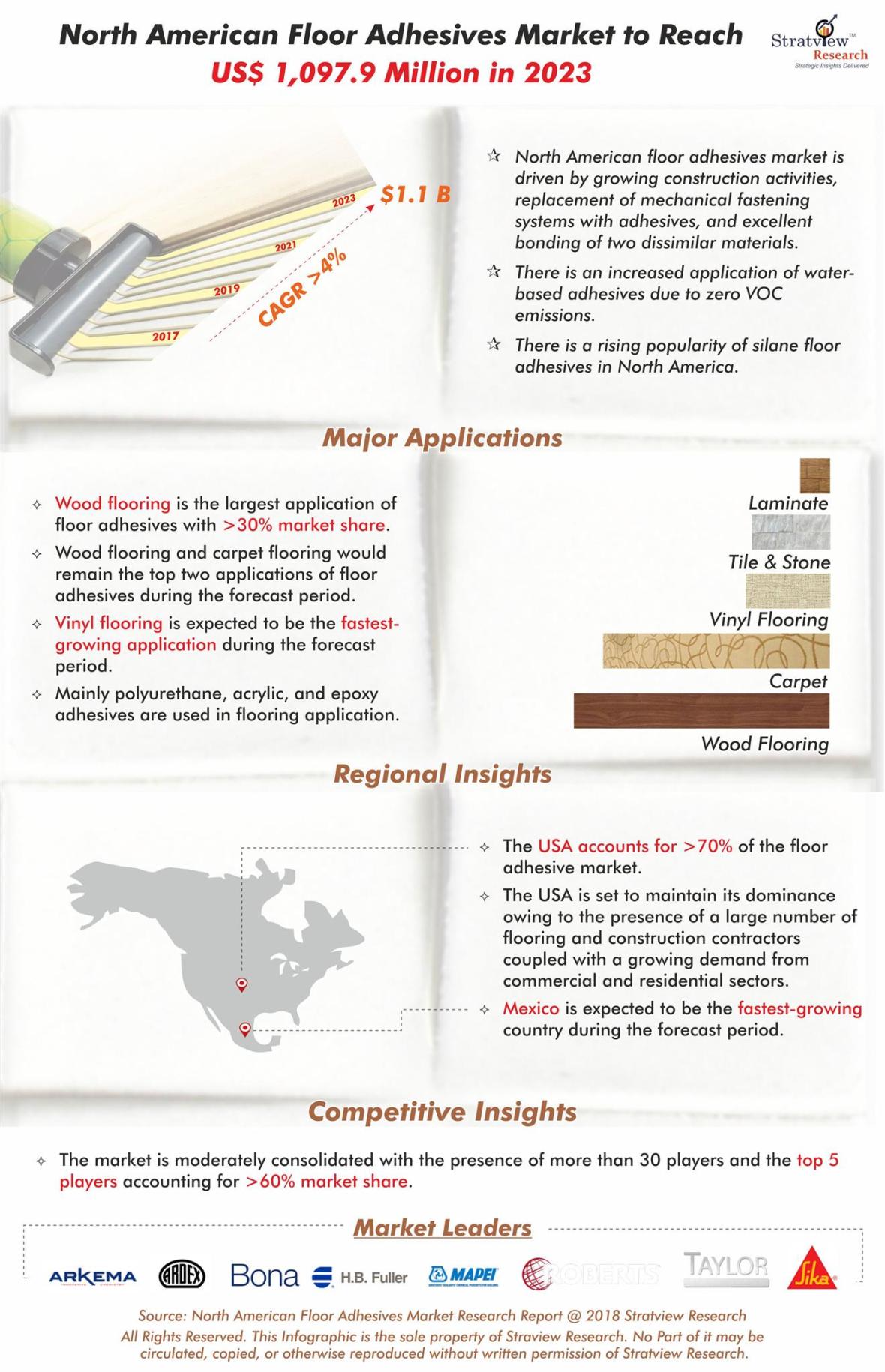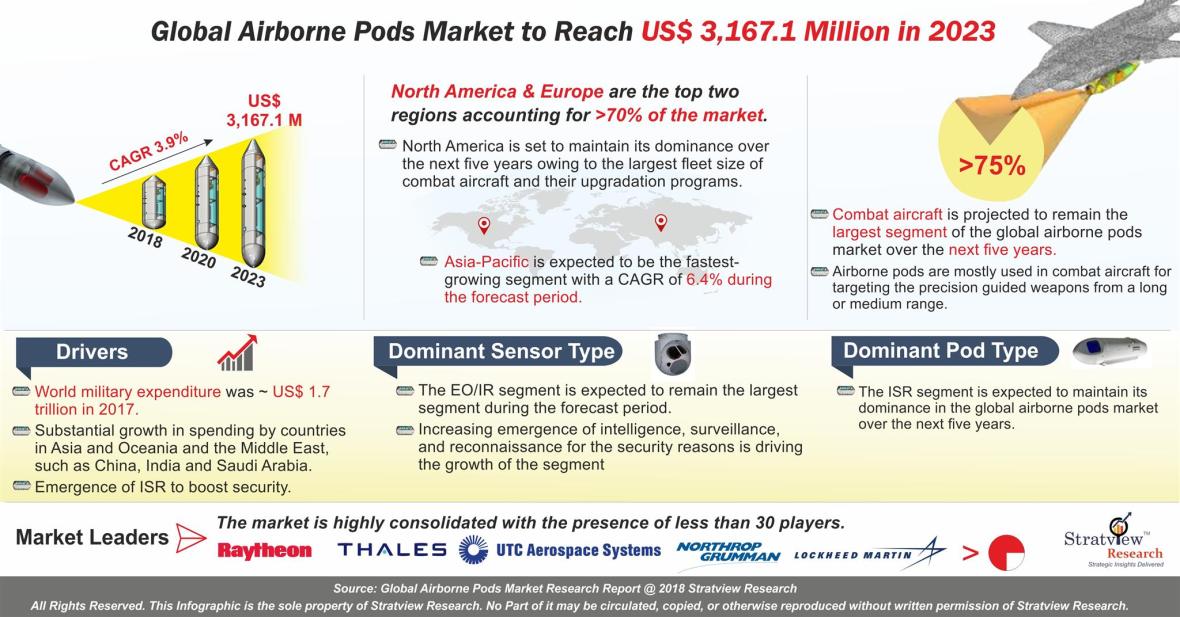The Global Aircraft Elastomers Market: Highlights
The next five years for the aircraft elastomers market are going to be vigorous for both existing as well as new players. The market is likely to register a healthy CAGR of 5.1% over the next five years, propelled by a host of factors including increased production of commercial aircraft, such as B737 and B787; introduction of fuel-efficient aircraft, such as A320neo and B737 Max; advancement in elastomers; stringent fire test standards; and rising aircraft fleet size.
Elastomers are used to make seals, gaskets, etc. in the aircraft industry that is ultimately used for various applications including airframe seals, such as windows, doors, ailerons, flaps, and access panels; and fire seals, such as starters, generator exhaust, and auxiliary power unit. There has been a significant evolution in design and materials with regards to elastomers in the aircraft industry to address the changing business needs, market competition and stringent regulations.
Airlines’ requirement for fuel-efficient aircraft shows no signs of abating. This is corresponding enormous pressure on aircraft OEMs as well as tier players. Aircraft OEMs along with tier players are advancing their aircraft by either improving the design or incorporating lightweight parts in order to make the aircraft lighter for consuming less fuel. Seals and gaskets also experiencing a remarkable change in design and materials.
Similarly, stringent fire and passenger safety regulations are imprinting a significant impact on the elastomers market dynamics. For instance; FAA and Civil Aviation Authority have made it compulsory to conduct fire test of elastomeric seals with propane and oil burners with the purpose to assure safety of onboard passengers from fire.
Global Aircraft Elastomers Market – Insights by Aircraft Type
The global aircraft elastomers market is segmented based on the aircraft type as Commercial Aircraft, Regional Aircraft, Military Aircraft, General Aviation, and Helicopter. Commercial aircraft is likely to remain the largest and fastest-growing segment of the market during the forecast period of 2018 to 2023, driven by an increasing demand for commercial aircraft to support the rising air passenger and freight traffic. Boeing anticipated that there would be total deliveries of 41,030 commercial aircraft worth US$ 6.1 trillion in the global marketplace during 2017-2036. Asia-Pacific and North America would be the biggest demand generators with a combined share of 60.2% of the total commercial aircraft deliveries during 2017-2036. An expected healthy CAGR of 4.7% in air passenger traffic during 2017-2036 will chiefly drive the demand for commercial aircraft. This factor will create a sustainable demand for elastomers in the industry in the foreseeable future.
Global Aircraft Elastomers Market – Insights by Material Type
Based on the material type, the aircraft elastomers market is segmented as Ethylene Propylene Diene Monomer (EPDM), Fluoroelastomers, Silicone Elastomers, and Others. Fluoroelastomers are projected to remain the most dominant material segment of the market during the forecast period, driven by higher usage in aircraft engines and fuel sections, owing to their good chemical resistance and cold-flexibility with operating temperatures ranging between -20°C and 200°C.
Silicone elastomers are likely to be the fastest-growing material segment of the market during the same period, propelled by its increasing traction in many applications including gaskets, molded seals, airframe, aerodynamic, and engine seals. They also offer excellent heat resistance, cold flexibility, dielectric properties, and good resistance to oxygen and ozone and have operating temperatures ranging between -60°C and 200°C. Silicone elastomers are replacing neoprene in many aviation seals as it is up to 15% lighter. Furthermore, there has been an advancement in the silicone polymers, which are even more lighters.
Global Aircraft Elastomers Market – Insights by Application Type
Based on the application type, the aircraft elastomers market is segmented as O-Rings, Gaskets, Seals, Profiles, and Hoses. O-Rings and gaskets are two major applications of the market and are likely to remain the dominant ones over the next five years as well. These applications found usage in almost all parts of an aircraft including airframe, engines, interiors, control surfaces, and landing gears. Nitrile Butadiene Rubber (NBR), Fluorocarbon Rubber (FKM), Ethylene Propylene Diene Monomer (EPDM), and Silicone Rubber (Q) are the most common materials used to manufacture O-rings and gaskets.
Global Aircraft Elastomers Market – Insights by Region
In terms of regions, North America is likely to remain the most dominant market over the next five years, driven by the USA. The country is the largest manufacturer of aircraft worldwide with the presence of major commercial, regional, business jet, and military aircraft manufacturers. The country also holds a long list of tier-I and -II players, which require elastomeric seals on a daily basis for components/systems manufactured.
Europe, another major market for aircraft elastomers, is likely to witness a healthy growth rate over the next five years, driven by increasing production rates of key Airbus aircraft programs, A320 family including neo version and A350XWB. The region also holds a vast list of tier players to support the assembly plants of major European airframers including Airbus Group and ATR.
Asia-Pacific is likely to experience the highest growth during the forecast period. China, Japan, and India are the growth engine of Asia-Pacific’s market for aircraft elastomers as tier players are opening their plants in these countries to tap the huge local potential. Increasing military budget to procure advanced military aircraft, upcoming indigenous commercial and regional aircraft (COMAC C919 and Mitsubishi MRJ), opening of assembly plants of Airbus and Boeing in China, and increasing commercial aircraft fleet size are the major factors that are bolstering the demand for elastomers for the aircraft industry in Asia-Pacific.
The supply chain of this market comprises raw material suppliers, elastomer producers, seal manufacturers, tier players, aircraft OEMs, MRO companies, and airlines. The key aircraft elastomer manufacturers are Trelleborg AB, Dow Corning Corporation, Shin-Etsu Chemical Co. Ltd., Greene Tweed & Co. Inc., TransDigm Group, Solvay S.A., Lanxess Aktiengesellschaft, Momentive Performance Materials Inc., Saint-Gobain, The Chemours Company, and Wacker Chemie AG.
Changing market dynamics and competitive landscapes are compelling the market players to keep advancing their materials and work closely with tier players to develop advanced elastomers addressing their emergent market requirements. Advancement in elastomers, collaborations with tier players and OEMs, and execution of mergers and acquisitions are the key strategies adopted by the major players to gain a competitive edge in the market.
Report link- https://www.stratviewresearch.com/341/Aircraft-Elastomers-Market.html
For more information, contact
Stratview Research
Email: sales@stratviewresearch.com
Direct: +1-313-307-4176





